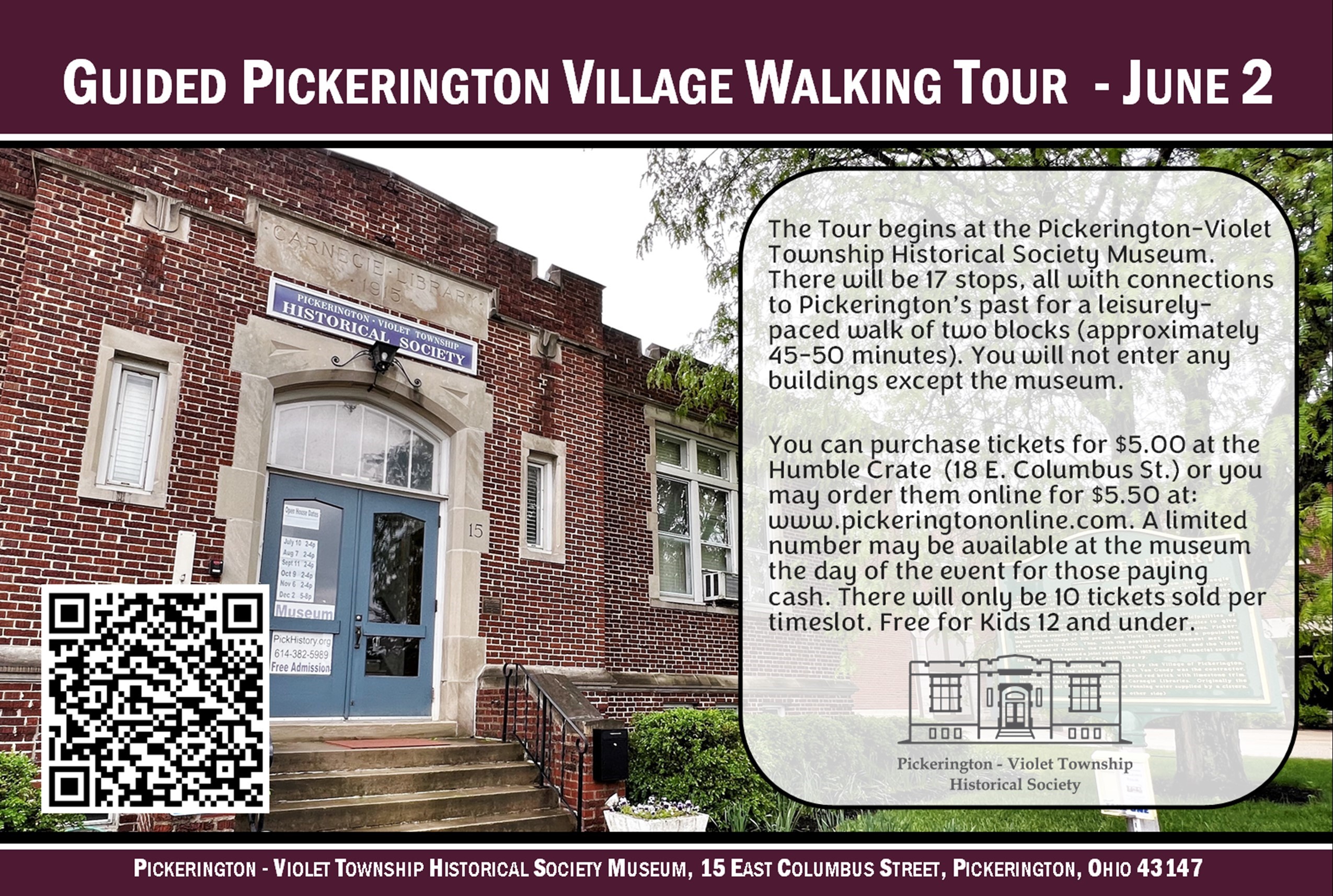
Photo by Heath Scofield
May 27, 2022
In the past, modular classrooms or, “portables,” provided the Pickerington Local School District (PLSD) a low cost, temporary means to accommodate higher enrollment until new classrooms could be built. However, district officials say that portables are no longer practical.
PLSD Superintendent Chris Briggs said, “I think if you talk to any school district that is now getting rid of modulars – it is a safety issue. It’s not only about kids coming and going but you look at weather emergencies and other things. It’s just not conducive to learning and it’s not safe.”
According to the National Weather Service, portables must be evacuated when threatened by severe weather.
Additionally, in 2004, the California Environmental Protection Agency reported that modular classrooms lead to an increase in asthma, headache and fatigue due to chemical contaminants.
The agency discovered that in many portables, the ventilation system created so much noise that students had difficulty hearing, so the staff turned off the heating/air conditioning. As a result, the classroom temperatures were often too hot or too cold with no air circulation.

While intended to be a short-term, quick-fix for overcrowding, portables often remain in place for many years developing mold and clogged filtration.
Currently there are three portables at Harmon Middle (each with two classrooms, so six total rooms) that the Pickerington Education Foundation and the Pickerington Education Association use for storage and office spaces. Also at Diley Middle, the district has three two-room portables that are joined together.
“Our technology department uses these spaces for their offices. (These modulars used to be our preschool classrooms but were not adequate for preschool spaces and had to be re-purposed),” Treasurer Ryan Jenkins said. “The units at Diley have had water/sewer run to them.”
There is a modular behind Pickerington Central High which serves as a storage facility for the district’s HVAC contractor. Behind Tussing Elementary sits a two-unit trailer with one room used by the Tussing PTO for storage, and the other half used by the school for storage.
“None of these modulars would be remotely up to code for use as classrooms at this time and would have to have extensive work done to even use them,” Jenkins said.
The main concern for Pickerington schools is how to secure modular classrooms in the case of active shooters. To enter schools in the district, visitors must use an intercom to ask office staff to unlock double doors. The doors lead into each building’s office where the staff vet visitors before unlocking a door to access the rest of the school. The district is adding new vestibules to each high school so that their entrances will also open into the offices. Modular classrooms do not have the entrance vestibules.
Furthermore, every time students need to use a restroom, eat lunch or attend a special like art, music and gym, they must leave the portable to enter the main building.
It has been 18 years since the California study and the manufacturers of portables say that the current products are safe and secure.
For example, Elite Modular states that its portable classrooms can be “customized and equipped with almost any thinkable security and safety features—sprinklers, alarm systems, access control, CCTV systems, smoke detectors, etc.
Just like traditional buildings, portable buildings can connect to existing power sources, plumbing systems, and the Internet, all of which are necessary to operate these security and safety features.
As portable classrooms evolve, so do the features to improve indoor air quality. They can be equipped with energy efficient HVAC systems. Open floor plans and flexible window placements provide the benefit of natural light and better air circulation, which allows you to save on energy bills, too.”

Elite Modular’s website does not address threats of severe weather or active shooters.
Jenkins said that portables large enough to hold four classrooms lease at an estimated rate of $650,000 per year.
“I don’t know how many four classroom units we would need,” he said. “It would be more than just one so on top of the $650,000 a year that you’re going to pay for the four – they are not plumbed so there’d be no water. There’d be no bathrooms. In order to address the safety issues, you’d have to do all that. I’m guessing you’re pushing (and I’m not exaggerating) a million dollars just to get four to five classrooms. If we added modulars, we could very, very quickly exhaust all of our operating resources because we have to make them safe.”
PLSD administrators did not name which manufacturers they researched. There are several vendors that provide portable classroom units.
“We would need to create architectural drawings, other engineering specifications, permits, ADA compliance, etc. to place them in the different locales they would go in the district,” Jenkins said. “They would be viewed as a building and subject to all local code and ordinances for school use. These ‘soft’ construction costs (i.e. architectural/engineering, permitting, etc.) can be as much as 20%-30% of a project, so these could run an initial $100,000 or so just to get the units installed.”
This would impact operational funds including salaries, benefits, supplies and material purchases. Furthermore, the $650,000 does not include the cost of running utilities (water, sewer, electricity and internet).
“We would almost certainly need them to have bathrooms for safety/security needs, and just for the basic comfort of not having to send a kid back into the ‘main’ building to go to the bathroom,” Jenkins said. “They are economically unfeasible.
The other thing is – right now the construction industry has such tight labor markets I’m not sure we could get four of these set-up and ready to go in a year. I just don’t think it would happen. We’ve had our vestibule approved on March 28th and we’ve already got the contractor talking about how we’ll be happy to finish next summer.”




















